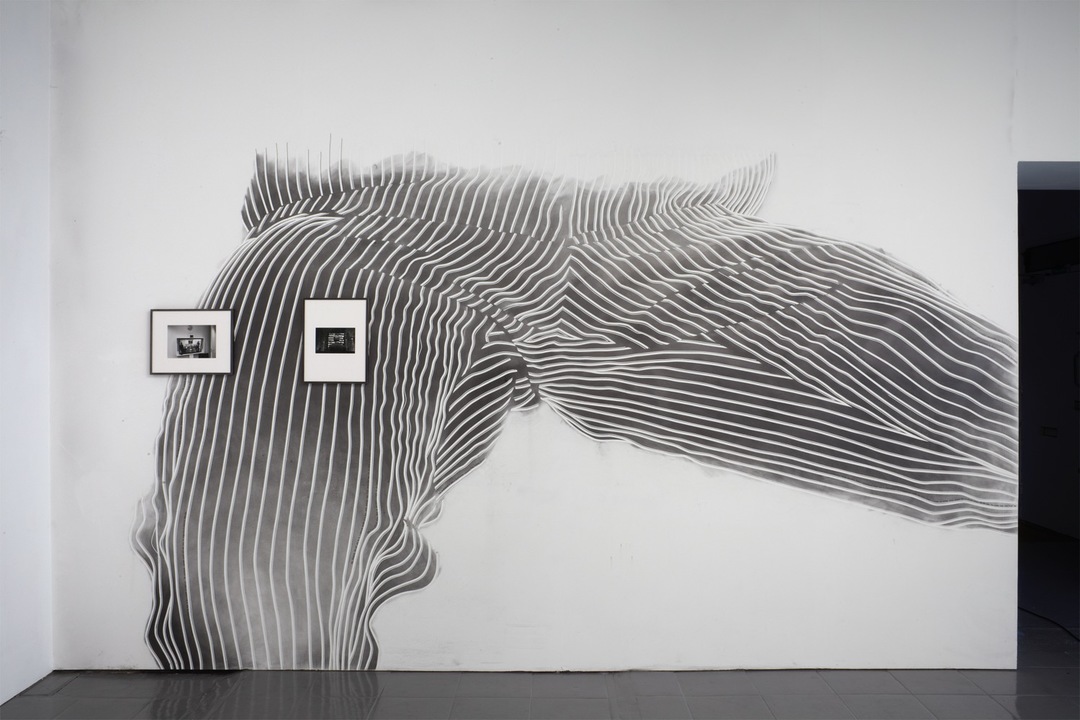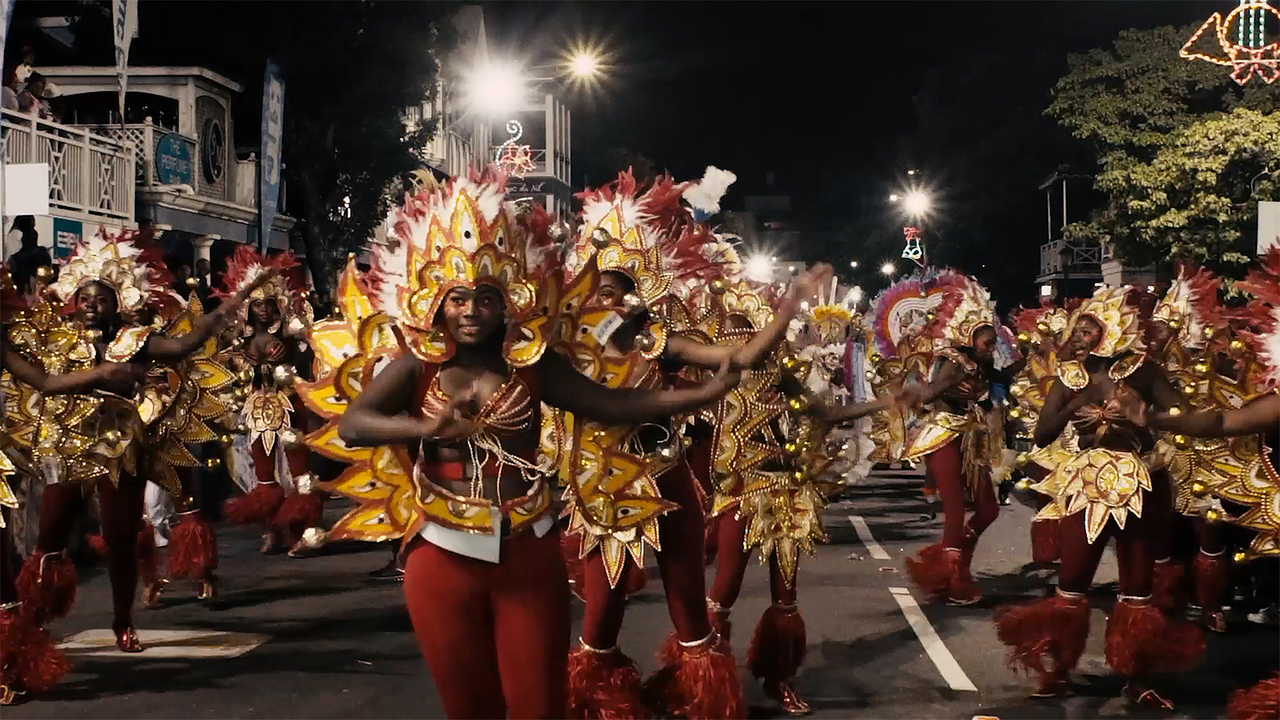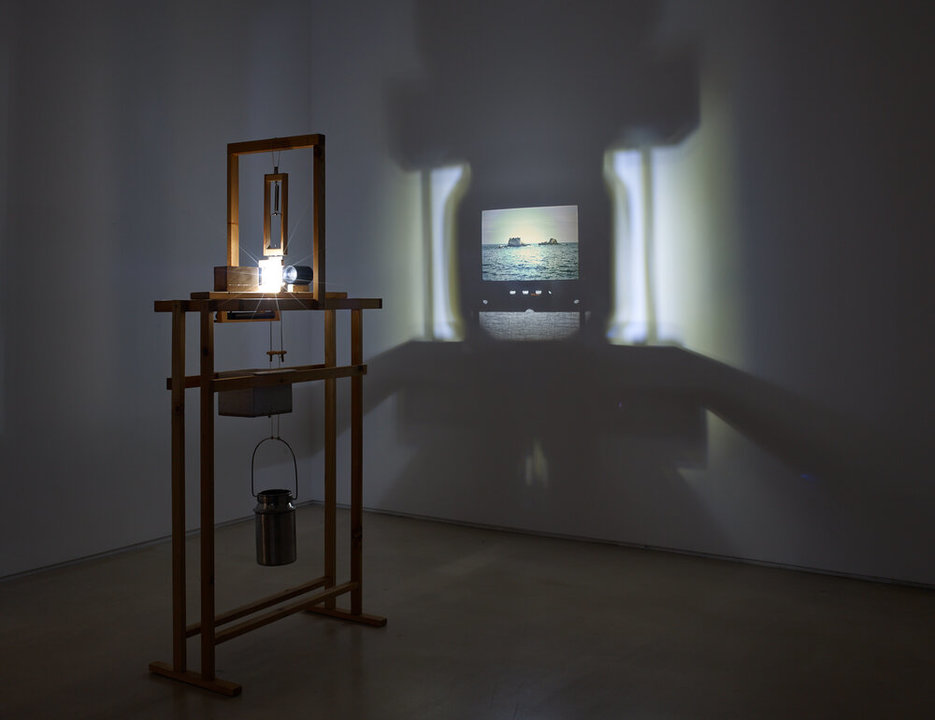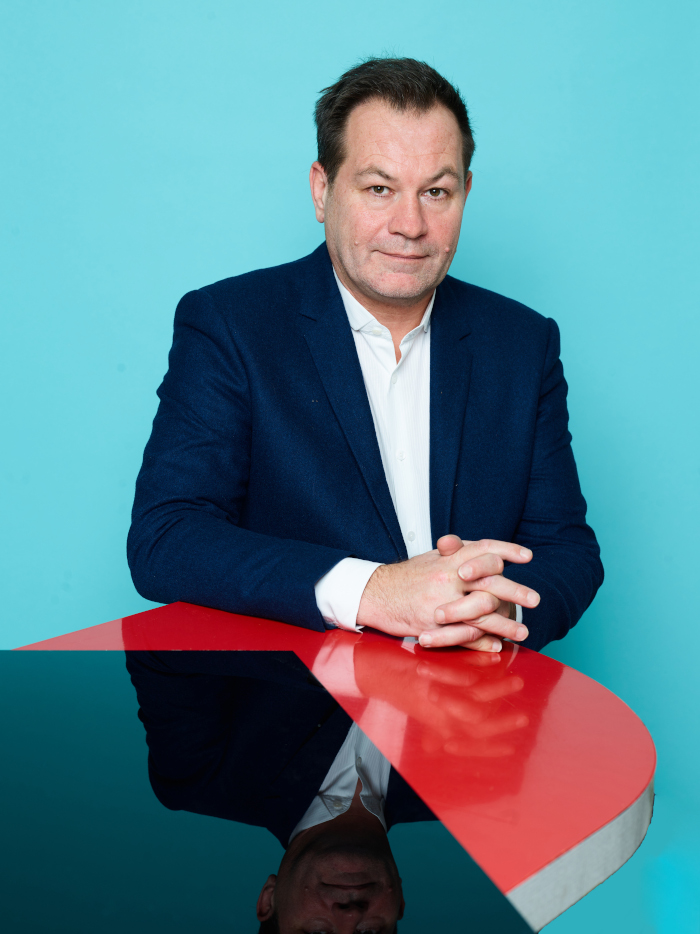Q&A with Rosa Harvest, PEER Deputy Director
This week Limna met with Rosa Harvest, Deputy Director at PEER, to learn more about her new and established projects, her fascinating journey into this field, and her hot tips on key emerging artists.
How did you get started doing what you do?
My mum worked for Arts Council England when I was a young, and as the only child of a working mother, I spent a lot of my childhood visiting exhibitions, going to the theater and seeking out snacks at private views! So working in the arts was probably inevitable. I studied Documentary Photography at Newport University and it was there that I discovered how much I enjoyed producing exhibitions of my peers’ work. After a brief spell working in commercial galleries in Bristol, I moved to the charitable sector and to London where I worked with a small art organisation promoting the work of UAL students and alumni. Supporting artists at the start of their career was something I really cherished and I continued along this path by working for New Contemporaries as Development Manager, another great opportunity to work with some of the most exciting emerging artists coming from UK art schools. It was after a couple of years of New Contemporaries that I joined PEER as Deputy Director, a small-scale charitable art space based in Hoxton, East London. I’ve been here for over three years and it’s been a whirlwind of incredible projects and an opportunity to work with a huge range of fantastic artists, partners, young people and local community members.
 Fiona Banner, Mistah Kurts – He Not Dead, 2014. Commissioned by PEER.
Fiona Banner, Mistah Kurts – He Not Dead, 2014. Commissioned by PEER.
What’s the first painting you ever bought?
I think the very first artwork I bought for myself was Rothko’s Dog by Mychael Barratt, which is a series of etchings, each one showing a dog in the style of various famous artists! I bought my Mum the Jackson Pollock Dog in the same series. Rothko has always been a firm favourite, and as the originals are out of my price range, a limited edition Rothko dog was the next best thing.
What’s something you wish you knew when you bought your first piece of art?
How to access free resources and training. There is a huge amount of free or subsidised resources out there that cover almost every element of the art world and can hugely boost confidence, knowledge and awareness of the industry. This seems to have increased three fold since the start of the pandemic, with lots of webinars, podcasts, and tutorials available for free online. Some good places to find these are Artsadmin E-Digest newsletter, a-n, A New Direction and UP Projects to name a few.
What’s the most misunderstood aspect of the art market in your opinion?
That there is any logic to it at all! As an unregulated market, the value of work is based completely on fads, fashion, trends. The process by which prices are set is completely opaque and can, unfortunately, be controlled by a powerful few. In my opinion this can sometimes lead to artists being encouraged to produce work for sale as a commodity rather than for the development of their own practice, although it is of course a necessary part of the industry!
 Rhea Storr, Here is the Imagination of the Black Radical, 2020
Rhea Storr, Here is the Imagination of the Black Radical, 2020
Which artist are you currently really excited about?
I recently visited Rhea Storr’s studio having come across her work at Lisson Gallery in their An Infinity of Traces exhibition. She was showing an incredible video work called Here is the imagination of the black radical which explored Afrofuturism, national pride and resistance communicated through Junkanoo, a form of carnival in the Bahamas. I’m really excited to see how her practice develops and what she does next.
What’s the last art-related Instagram post you liked or account you followed?
The exhibition opening announcement for Melanie Jackson at Block 336 in Brixton. I recently became a trustee for Block 336 having worked with them previously when New Contemporaries showed there in 2018. They are a really brilliant artist-led project space, studio provider and gallery that punches well above its weight and produces some incredible programming. The space was previously an underground carpark and it really lends itself to immersive exhibitions that completely transform the space. If you haven’t heard of them, I recommend you follow them @block336 and give them a visit.
Melanie Jackson “Spekyng Rybawdy” installation view at Block 336, London.
What upcoming exhibitions are you looking forward to?
Cornelia Parker’s upcoming exhibition at Tate Britain. Although I don’t remember where I first saw Parker’s exploded shed, Cold Dark Matter, I do remember being completely enthralled by it and ever since she has been an artists that I have followed and admired. I’m also looking forward to seeing Lubna Chowdhary’s upcoming exhibition at MIMA later this summer. It will be an expanded version of the exhibition Chowdhary showed at PEER last year and I can’t wait to see how she has responded to MIMA’s space and their collection.
Tell us about an artist who should be getting more attention.
Savinder Bual is another artist that we worked with at PEER in 2020/21. Her practice covers sculpture, performance, installation and animation and explores the mechanics and illusory qualities of early cinema and animation. She imagines herself to be a ‘cinema pioneer’ often referencing mechanical inventions from the 18th and 19th centuries, a period of engineering advancement that is inextricably linked to colonial control. Her work is incredibly nuanced and the detail of research, knowledge and consideration that goes into her practice is astounding. She produces the kind of work that reveals more and more the deeper you delve into her work and ideas. She’s recently been announced as the winner of the Arts Foundation Futures Award 2022 for Animation and released a new book called 9 Notes, which is available on PEER’s website!
 Savinder Bual, Ananas and The Flatfishal, installation view. Courtesy of the artist and PEER UK
Savinder Bual, Ananas and The Flatfishal, installation view. Courtesy of the artist and PEER UK
What’s the best piece of art-world advice you’ve ever been given?
To build and maintain a strong network. The art world is surprisingly small and interwoven, so it’s relatively easy to start building a strong network and the value of those connections is immeasurable. Collaboration, partnership and co-production is becoming an ever more significant part of the industry as sharing resources, knowledge and funding becomes essential in order to be sustainable and survive harsher climates (economically and environmentally). Therefore, a strong network with people at all levels of the industry is incredibly important whether you are a collector, artist, producer, gallerist or anything else for that matter. Having a strong network also enables you to call on people for advice and guidance when needed or even just to talk through some ideas or challenges and gives great insight into how others are achieving their goals.
What gives you most confidence in an artist and their work?
Go with your gut! From my experience the works that you most treasure are the ones that you have instant reactions to, that immediately drew you in, or made you smile, think or want to know more. It’s always nice to get to know the artist behind the work too. It often adds a deeper connection to the work when you know where it came from and the ideas that brought it into being. It’s also nice to follow the artist’s journey and see what they do next. You’re also investing in a person as well as a piece of art!


-min.jpeg)